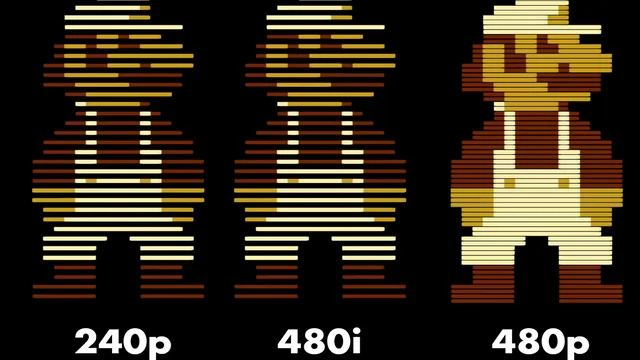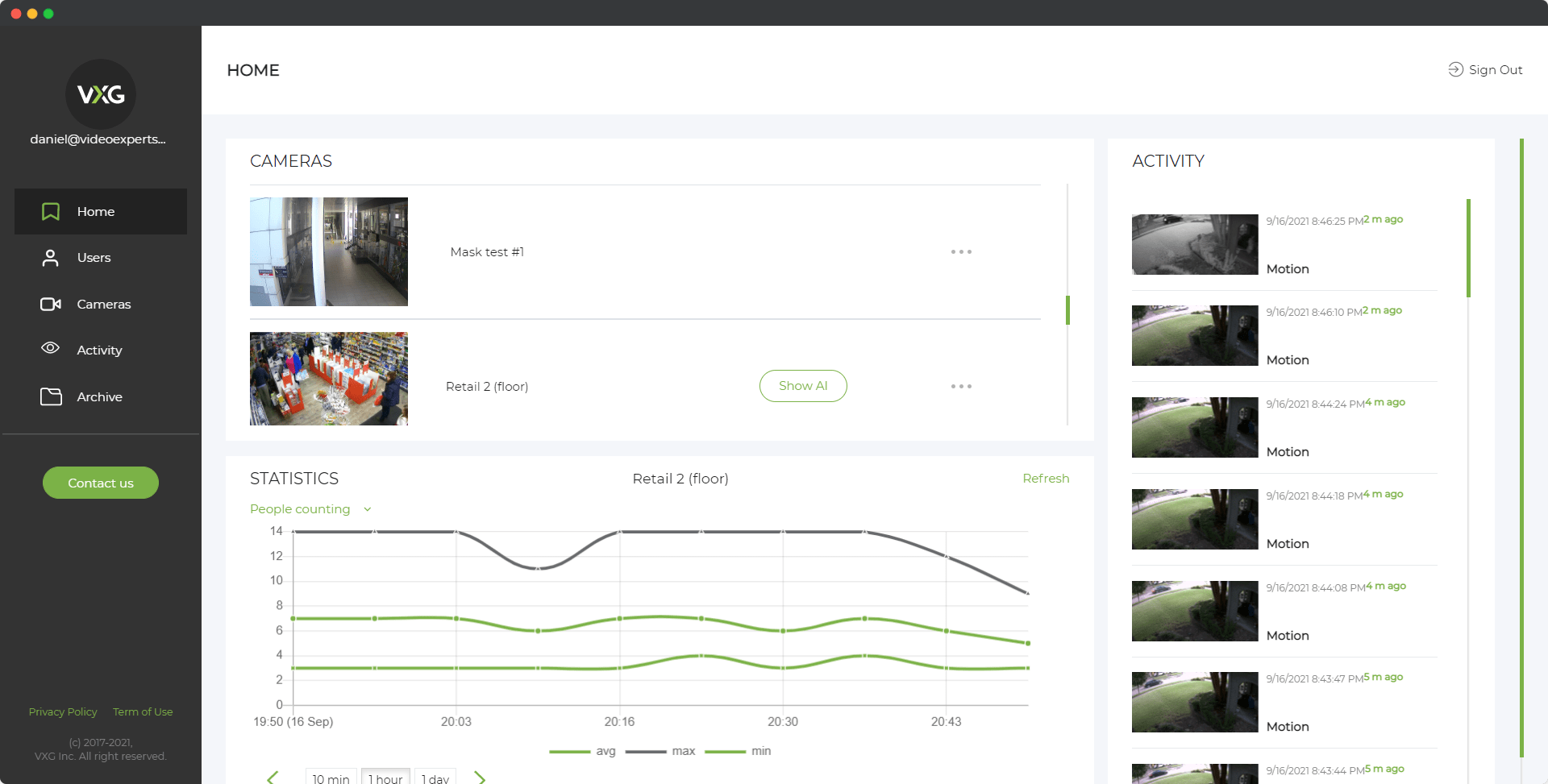480p and 480i are two common terms that you might come across, especially when dealing with standard-definition video. Both are used to describe how video is displayed, but they have different methods of presenting images on the screen. This article will explain the differences between 480p and 480i and help you understand which one might be better for your viewing needs.
What's the Difference?
480p and 480i are both standard-definition video resolutions, but they differ in how they display images on the screen.
- 480p: The "p" stands for progressive scan. In 480p, all 480 lines of the image are displayed in sequence from top to bottom. This means the entire image is shown at once, providing a clear and stable picture.
- 480i: The "i" stands for interlaced scan. In 480i, the 480 lines are split into two fields, one showing the odd-numbered lines and the other showing the even-numbered lines. These fields are displayed alternately, creating the illusion of a complete image.
Which is Better?
The choice between 480p and 480i depends on several factors, including image quality, compatibility with modern devices, and the type of content being viewed.
- Image Quality:
- 480p: Generally offers better image quality. Since the entire frame is displayed at once, it results in smoother motion and less flicker. This makes 480p preferable for fast-moving content like sports or action movies.
- 480i: Can exhibit more flicker and artifacts, especially during fast motion. This is because the fields are displayed alternately, which can cause a noticeable flicker in fast-paced scenes.
- Compatibility with Modern Devices:
- 480p: More compatible with modern displays such as LCD, LED, and plasma screens, which are designed to handle progressive scanning better.
- 480i: Was more common in older CRT (cathode ray tube) televisions, which are better suited for interlaced video. Modern TVs can still display 480i content, but it may not look as good as on a CRT TV.
- Bandwidth:
- 480p: Requires more bandwidth because it transmits the entire frame at once.
- 480i: Uses less bandwidth because it transmits half of the image at a time.
- Content Type:
- 480p: Often used in DVDs, digital broadcasts, and online video content. It is preferred for its higher quality and compatibility with modern displays.
- 480i: Used in traditional analog TV broadcasts and some older video formats. It is less common in modern digital content due to its lower image quality.
480p and 480i differ mainly in their scanning methods. 480p uses progressive scanning to display the entire image at once, leading to better image quality and smoother motion. 480i uses interlaced scanning, which shows alternating fields, resulting in potential flicker and lower overall quality. For modern viewing, 480p is generally considered better due to its compatibility with current technology and superior image quality.
















